The summer is around the corner and that means that the Jelly will be stocked into our fridge again. But did you know that gelatine, the substance used for jelly, is made of animal bones? As a vegetarian or vegan it looks impossible to cool down with some jelly, but there are some great alternatives that you can use!
I’ve written an article about how to make your own gummy bears, they are a lot healthier than those from the store. And on top of all, I didn’t use any refined sugar at all.
Food That Contains Gelatin
There are a lot of recipes that have gelatine in them, so it’s good to do some research of you are strictly vegetarian or vegan. It can be in sauces, candy, and many more things. Here’s a small list of things that contain it, however, I always advise people to make sure to read the ingredient label.
A lot of products these days also carry the V-label to mark that they are vegan. You can trust this label that the product you’d like to buy is completely animal-free. This as a lot of E-numbers in your food are actually made from animals, and you don’t want to go into the store having to read all labels from everything you are buying.
Candy
Believe it or not, but a lot of candy contains gelatine. If you raise your kids on a vegan-based diet, this is something you need to be aware of. You don’t want to derive them from something sweet every now and then, so you can decide to make your own healthy gummy bears here.
The first type of candy that contains gelatine is gummies. And not just a particular kind of gummy, most of them contain animal products. Yes, the bears, the worms, the coca-cola bottles, and many more of them. As soon as they are translucent and chewy, you can be quite sure there is gelatine in it.
Another thing is, red types of candy often have some other animal products in them as well. The red dye is often made from dried female beetles.
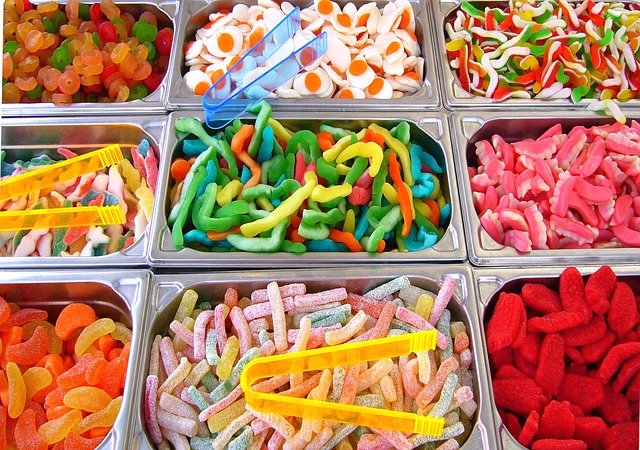
Desserts

Yes, unfortunately there are also some desserts that have gelatine in them. For example, this is how panna cotta gets its firm wobbly structure. So when you go to your favorite Italian restaurant, be sure that you ask them if it really contains gelatine.
Some other desserts that may contain gelatine, but not always are pudding, mousses, and even some cakes. Of course, not all of them use gelatine. It’s just that some store-bought goodies are using it to make sure that it keeps that nice structure instead of melting down into a puddle of sugar with chocolate.
Vegan Alternatives for Gelatine
There are many more products to talk about, but we aren’t here to talk about every single food item that contains gelatine. Therefore, let’s continue to what you’ve actually looked forward to reading, vegan substitutes for gelatine!
#1 Agar
Even though you can find agar in many laboratories to feed bacteria cultures, this algae is more known these days for its cooking function. For the purpose of getting your food set, there are two different forms you can use: Agar Flakes and Agar Powder. It’s also commonly known as Agar Agar. Probably to differentiate itself from its biological purposes.
Agar Powder Vs. Agar Flakes
Both products are absolutely the same and you don’t have to worry if you can’t find the other one. If a recipe mentions agar powder and it’s not available in your local supermarket, you can easily substitute it for agar flakes.
You do need to be aware that the proportioning of flakes are different than the powder. You need to know that one tablespoon of agar flakes equals one teaspoon of agar powder.
Another thing is that the powder also dissolves faster into your hot liquid than agar flakes. To make sure that your boiling fluid doesn’t evaporate before the flakes are dissolved, make sure that you lower the heat on your stove.
The flakes that aren’t dissolved will fall to the bottom of your liquid and when it all sets… well, it’s not a nice taste. I’ve experienced it before…
Applications for Agar
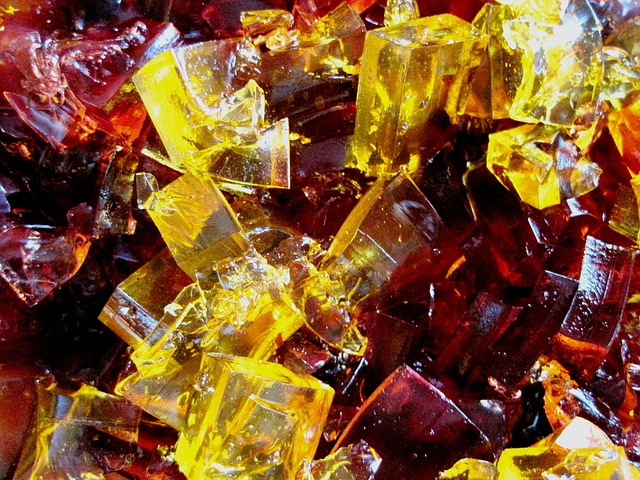
Agar-Agar is often used to make yourself some homemade jello. It stays translucent and it kind of gives you the same effect that your favorite jello has. It’s wobbly, it’s cold, it’s fresh and it melts right into your mouth.
You can also make an amazing Panna Cotta with agar as it’s also flavorous. A vegan Panna Cotta is gonna be a bit harder though…
You can actually use it in most recipes that you’d normally use gelatine for. This because it kind of has the same way of preparation as gelatine. You boil your liquid, you poor in the powder or flakes, you stir until dissolved and you let it set.
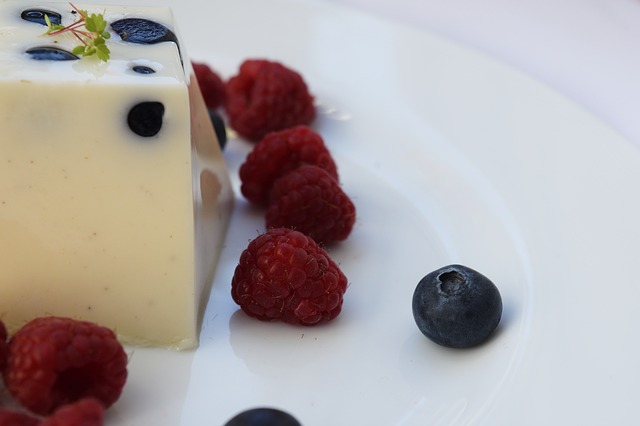
I actually feel that Agar Agar is nicer than gelatine as its melting point is actually way higher than gelatine. Because of this you don’t even have to let your dish set into the fridge. Although it might be recommendable to put food into the fridge for preservation.
#2 Xanthan Gum
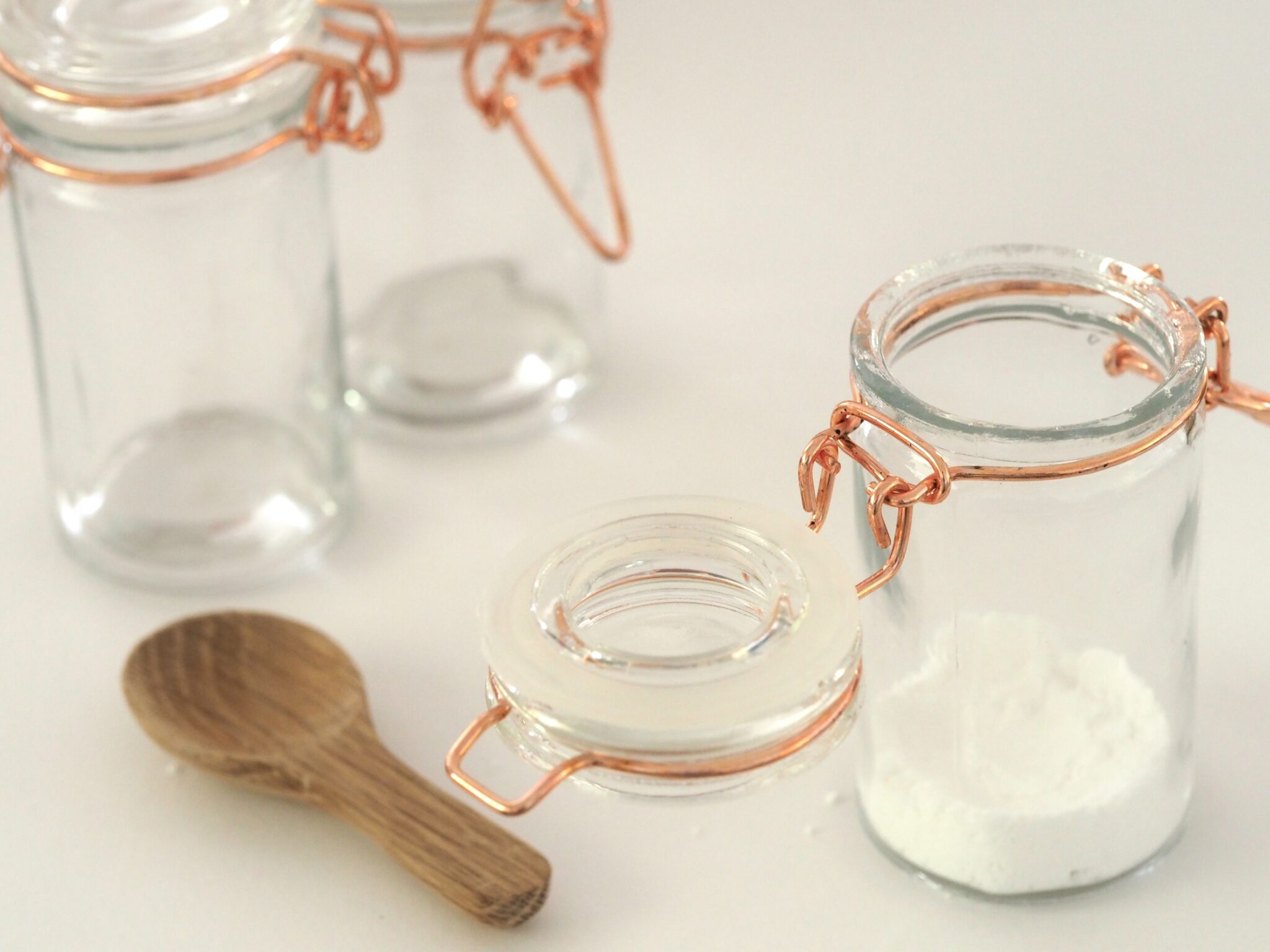
Even though it sounds very chemical, Xanthan Gum is quite natural. It’s actually a product you get when you ferment sugar with some bacteria. It’s quite a difficult name to spell, so I leave the technicalities for other web pages ;).
If you think it sounds disgusting, don’t be too worried about it, because there’s a big chance that you are actually already using it. It’s already used in many dishes in supermarkets, like salad dressing. But it’s also used in other products like toothpaste.
Applications for Xanthan Gum
Xanthan Gum is a great stabilizer and thickener. And it can be used in many things. Sauces for example, if you are afraid that your sauce will split, you can easily use a bit of xanthan gum. It’s also great to thicken your sauces with this gum. This way you don’t have to use starch, if you’re not a big fan of it somehow.
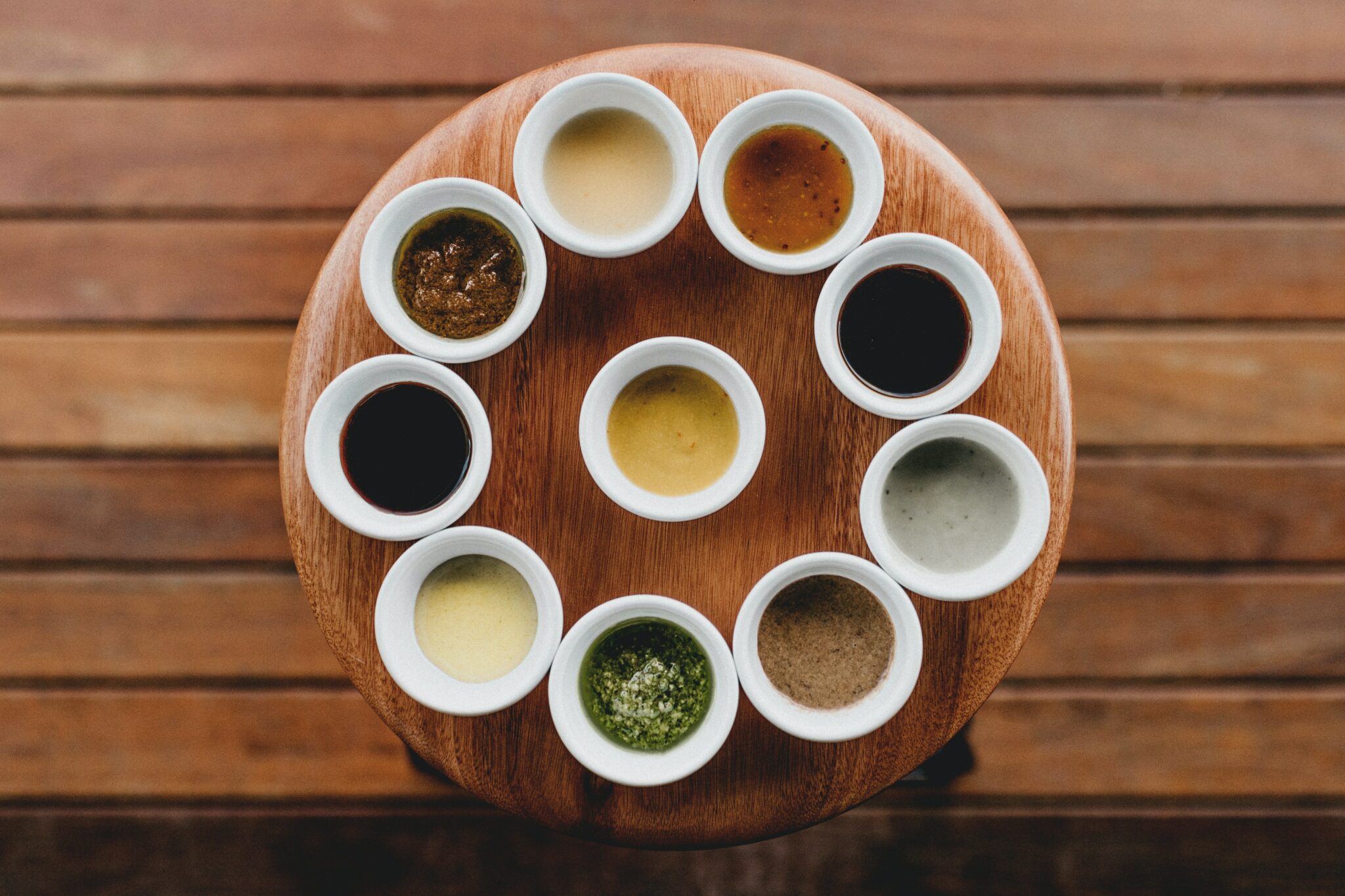
It’s especially gaining more popularity in Gluten-free baking, where it’s a good replacement for the gluten. Gluten normally creates the elasticity and stickiness for your dough. As gluten-free flour doesn’t have this anymore, you need to replace it. This will create an airier type of cake, bread, …
And of course, you can also use Xanthan Gum as gelatine. Although, I wouldn’t recommend it to make your favorite jello. It will thicken up, but not as much to create that wobbly gooey texture that you’d like with jello.
If you’d like to substitute your gelatine with Xanthan Gum, you just have to halve the portion in your recipe. So, if you need two teaspoons of gelatine, you’ll have to use one teaspoon of Xanthan Gum.
Precautions with Xanthan Gum
Xanthan Gum is fairly safe if you use it the way it is intended. Read clearly what it states on the package. People eating too much of this Gum have been reporting bloating and gas.
The FDA however declared it as a safe additive to your food.
#3 Irish Moss
This last one is probably the healthiest of them all. But you’ve got to do a bit more for it… Irish Moss is also known as Sea Moss, so if you can’t find it under its historical name, you can try to look for the latter.
It’s got many health benefits as aiding your thyroid problems, helpful when constipated, and many more.
The only tricky thing is that you’ve first got to make it into a gel before you can use it. It doesn’t take a lot of effort, it’s just a lengthy process as you’ve got to soak the moss. And it also stinks a lot when you are preparing it.
This type of moss can be used in smoothies, jello, and many more things as a thickener. Its flavor isn’t that neutral, so make sure that you’ve got some other extra ingredients that are quite strong in flavor.
Here’s a recipe to make your own Irish Moss gel.
Conclusion
That’s it for three vegan alternatives for gelatine. I do have to say that my all-time favorite is Agar-Agar, as it’s closest to gelatine regarding the preparation of it.
Met me know in the comment section below which one is your favourite!
Nama-stay wonderful!

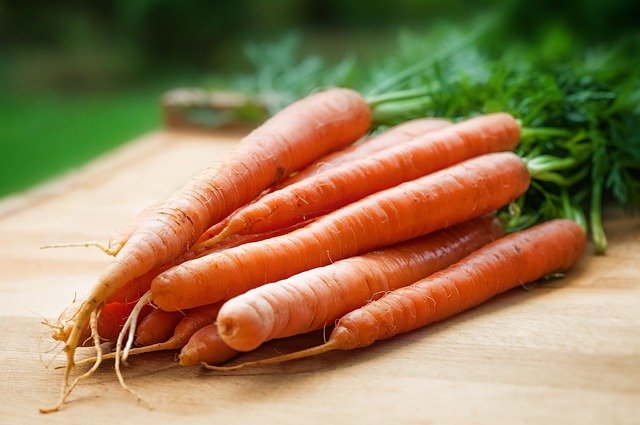
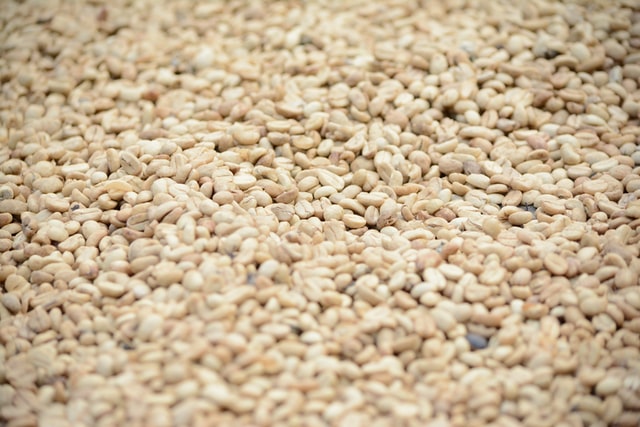
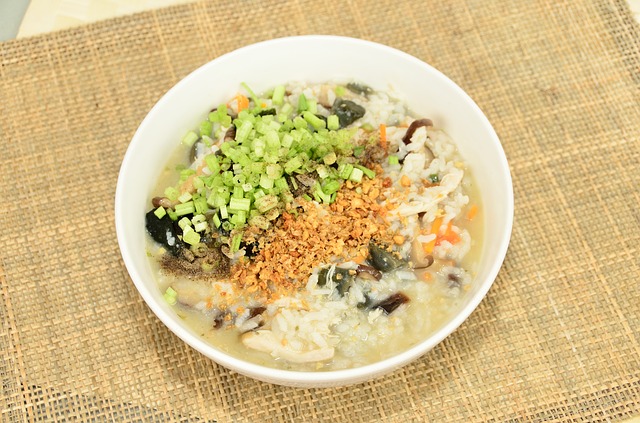
Hi! I love how informative and great your articles are. Can you recommend any other blogs that share blogs that share information on Vegan Coffee or vegan recipes in general? Thanks a lot!
Hi Harsha,
As you already included a link to your own website on how to make vegan coffee and as your website also has a lot of vegan recipes, I’ll probably leave it at that ;).
Thank you for sharing your blog, don’t forget that some cross-contamination between websites is amazing so feel free to leave a link to mine on your blog!
Kind regards,
Virendra